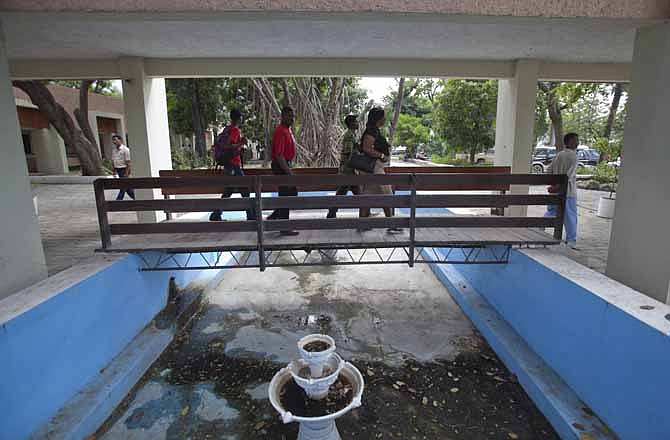PORT-AU-PRINCE, Haiti (AP) - A new report on American aid to Haiti in the wake of that country's devastating earthquake finds much of the money went to U.S.-based companies and organizations.
The Center for Economic and Policy Research analyzed the $1.15 billion pledged after the January 2010 quake and found that the "vast majority" of the money it could follow went straight to U.S. companies or organizations, more than half in the Washington area alone.
Just 1 percent went directly to Haitian companies.
The report's authors said that a lack of transparency makes it hard to track all the money.
"It is possible to track who the primary recipients of USAID funds are, yet on what are these NGOs and contractors spending the money?" authors Jake Johnston and Alexander Main wrote. "What percent goes to overhead, to staff, vehicles, housing, etc.? What percent has actually been spent on the ground in Haiti?"
USAID did not respond to requests to comment on the report Friday.
The group has been a critic of U.S. foreign policy in the past, accusing the U.S. of a top-down approach to aid that does little to alleviate poverty in impoverished Haiti.
The report also finds that the biggest recipient of U.S. aid after the earthquake was Chemonics International Inc., a for-profit international development company based in Washington, D.C., that has more than 4,800 employees.
Aside from the World Bank and United Nations, Chemonics is the single largest recipient of USAID funds worldwide, having received more than $680 million in fiscal year 2012 alone. In Haiti, Chemonics has received more than the next three largest recipients since 2010, a total of $196 million, or 17 percent of the total amount.
In Haiti, Chemonics' mandate has involved setting up a temporary structure for Parliament, renovation of public plazas and repair of the country's main courthouse, as well as organizing televised debates for the 2011 presidential election.
Typically, major players such as Chemonics subcontract project work to smaller firms, some of them of them local.
USAID has awarded $27.8 million of the $1.15 billion to Haitian and Haitian-American firms since the quake, according to the agency's website.
The obstacles blocking Haitian businesses from the contracts are many. They're often not competitive because they may not be able to get the financing they need from local banks.
Smaller firms also lack the resources to prepare costly, time-consuming applications, nor do they have the big companies' track records in other parts of the world or the kinds of connections that help open the right doors.
The report said subcontract information should be made available and called for increasing direct contracts for Haitian entities.

